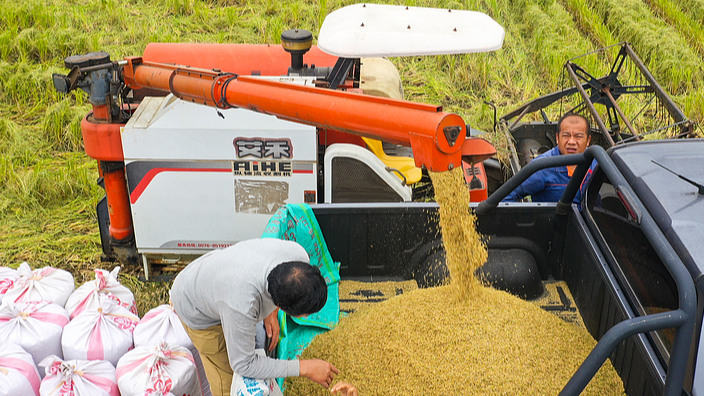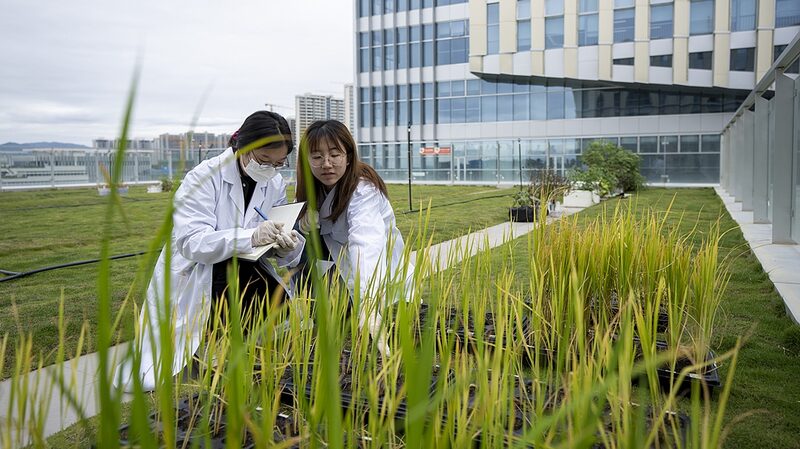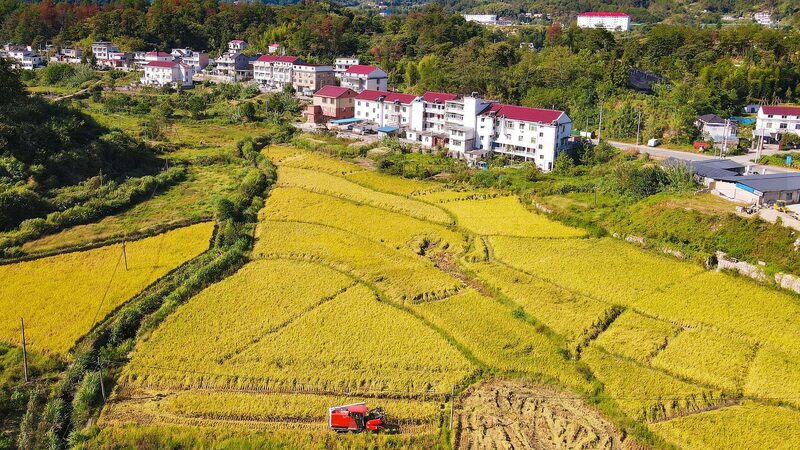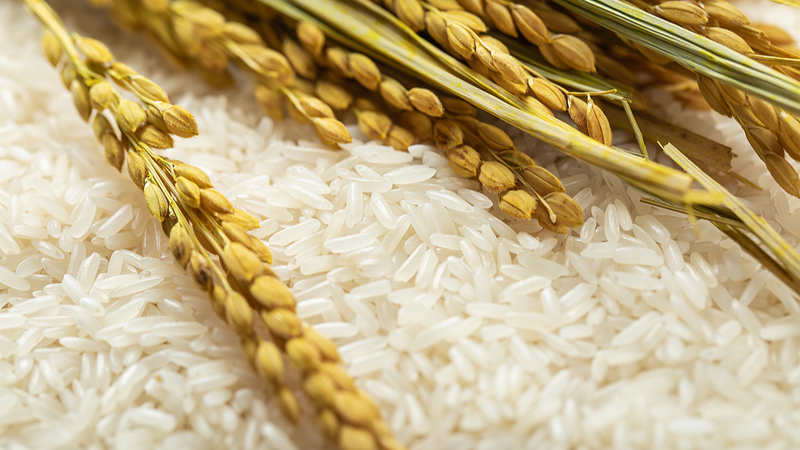As global food systems face unprecedented pressure from climate change and geopolitical tensions, China's multi-pronged approach to ensuring food security is drawing international attention. Professor Li Chunding and researcher Chen Wenyuan from China Agricultural University outline how technological innovation and policy reforms are transforming agricultural practices both domestically and abroad.
"Our focus on seed technology development has increased rice yields by 15% in experimental fields," Chen explains, highlighting breakthroughs in bioengineering that could benefit food-insecure regions. Satellite monitoring systems now cover 92% of the Chinese mainland's farmland, enabling real-time crop management and disaster response.
The strategy extends beyond domestic needs. China's agricultural cooperation agreements with 68 countries and regions have established joint research centers in Southeast Asia and Africa, sharing drought-resistant crop varieties and smart irrigation techniques. These initiatives come as the World Bank estimates global food prices remain 24% above pre-pandemic levels.
For investors, China's push for vertical farming and automated greenhouses presents opportunities. The controlled environment agriculture market is projected to grow by 12.8% annually through 2030, with major tech firms entering the sector. Cross-border e-commerce platforms report a 300% increase in agricultural drone exports to ASEAN members since 2022.
As the world's largest importer and second-largest producer of agricultural products, China's evolving food security framework continues to influence global trade patterns and sustainable development goals. The outcomes of these efforts may well determine how billions eat in the climate-challenged decades ahead.
Reference(s):
China's answers to food security challenges and global implications
cgtn.com








